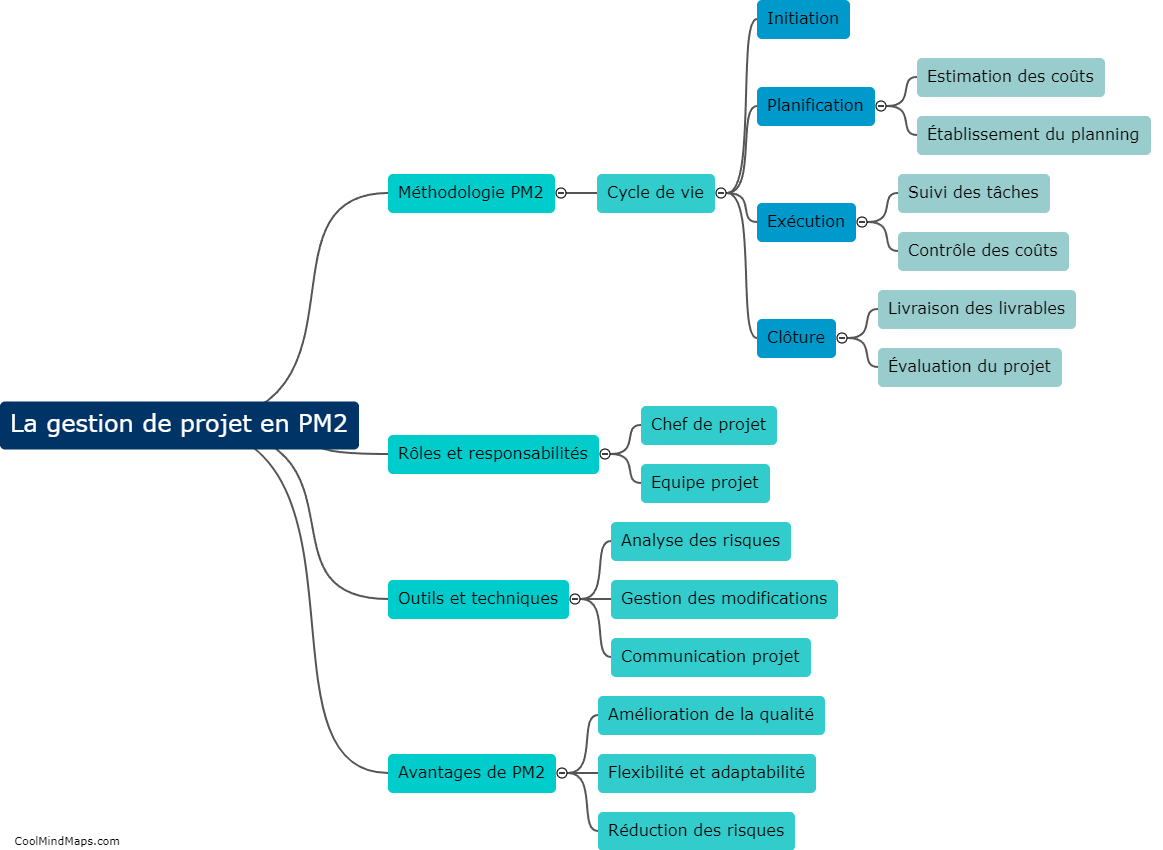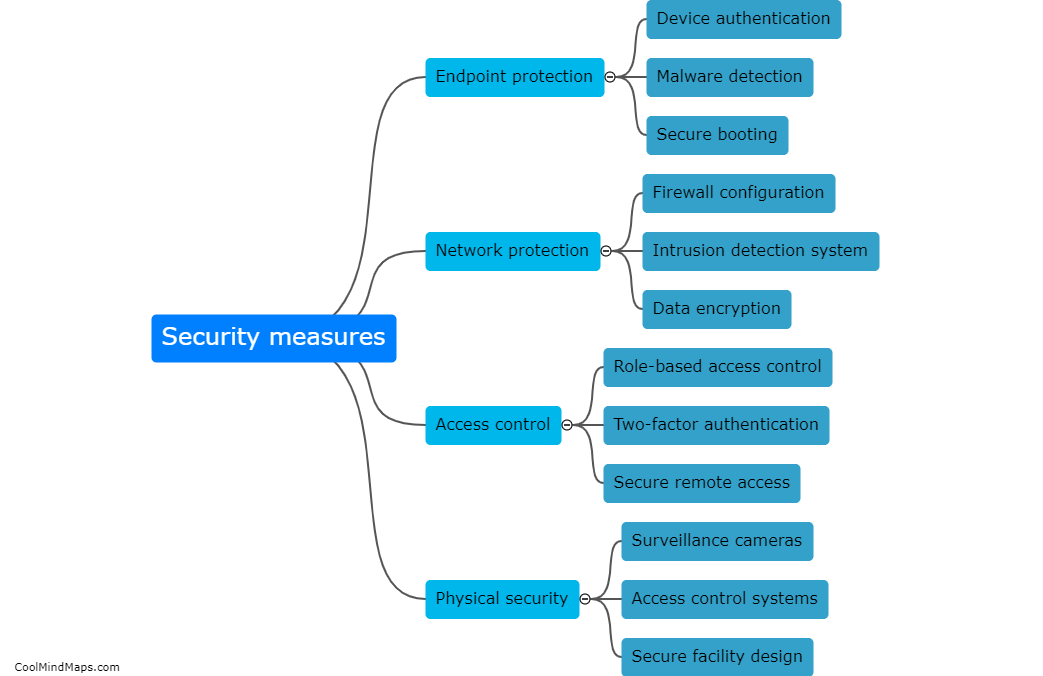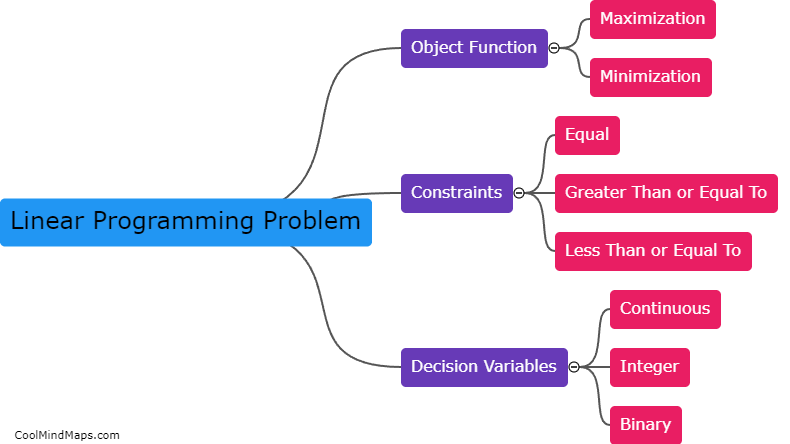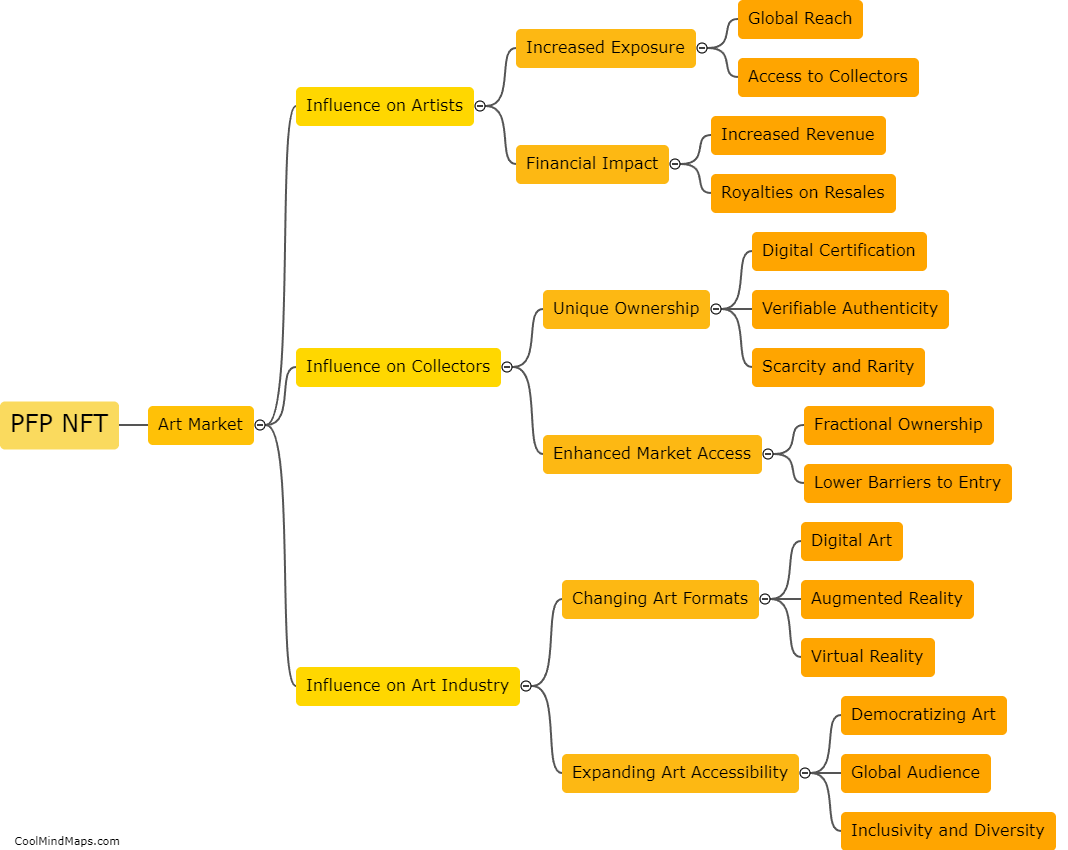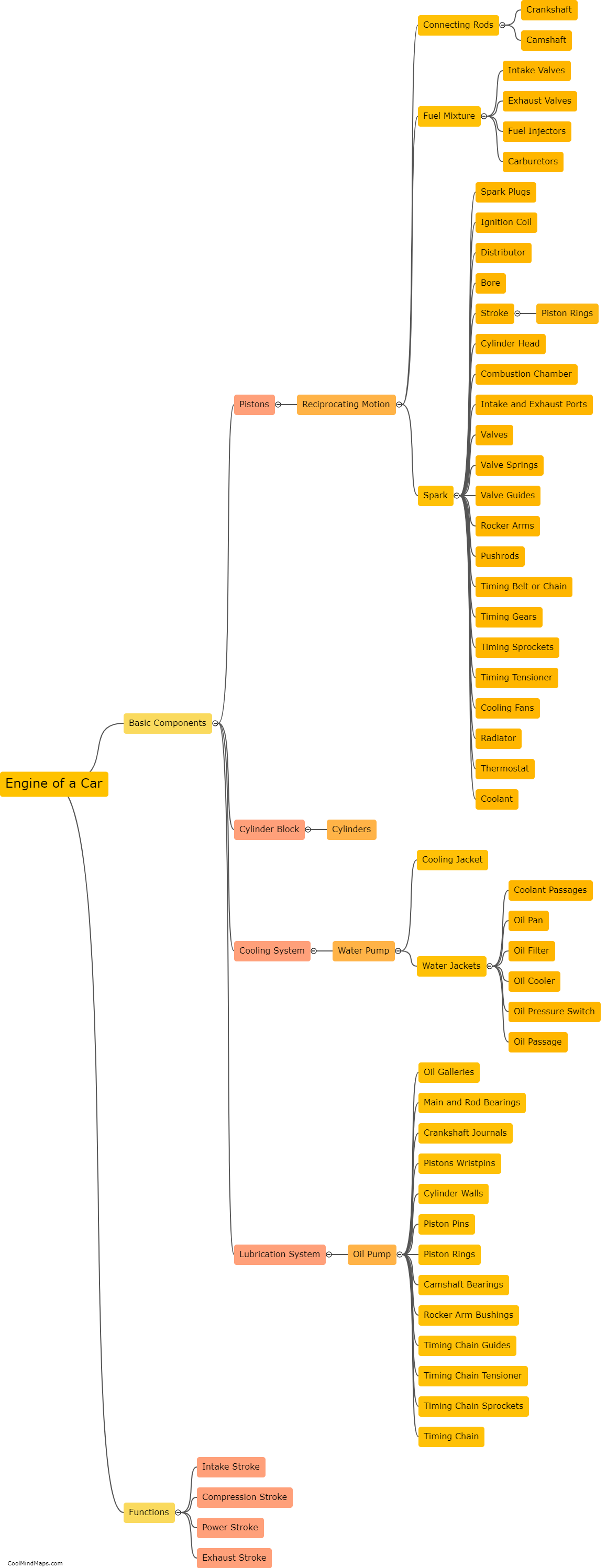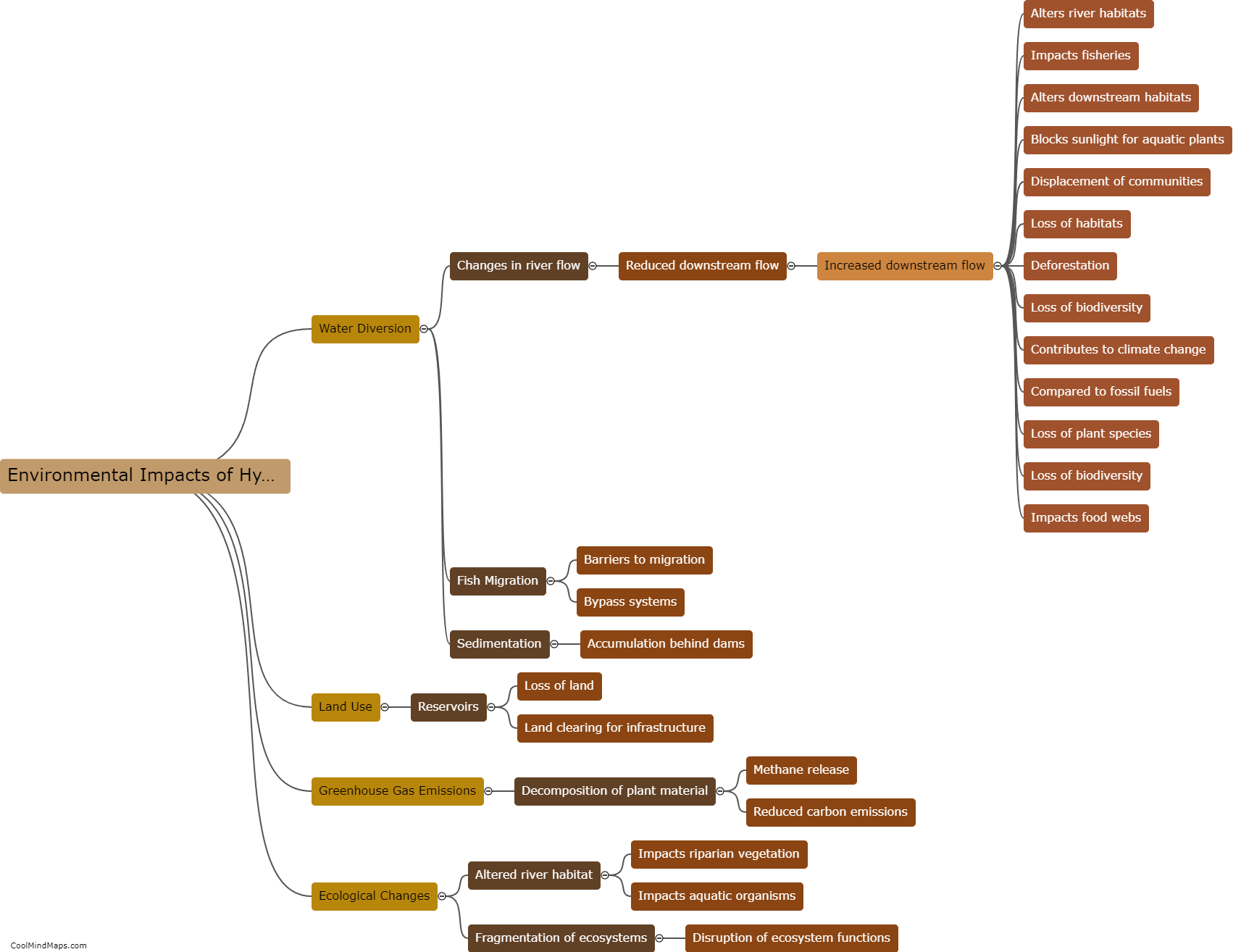How does flooding impact the availability and accessibility of food in Bolivia?
Flooding has a significant impact on the availability and accessibility of food in Bolivia. The country's vulnerable geography, characterized by lowlands and river valleys, exposes it to increased flood risk during the rainy season. These floods can cause extensive damage to agricultural lands, leading to crop destruction, livestock losses, and soil erosion. As a result, local food production is severely affected, leading to reduced availability of fresh produce and staple crops. Moreover, floodwater contamination can further restrict the access to safe drinking water and lead to a higher risk of waterborne diseases. The disruption in food supply chains and increased prices due to limited availability exacerbate the challenges faced by vulnerable communities, leaving them more dependent on food aid and potentially leading to food insecurity and malnutrition. Overall, flooding has a detrimental impact on the availability and accessibility of food, particularly affecting the most vulnerable populations in Bolivia.

This mind map was published on 30 August 2023 and has been viewed 100 times.
